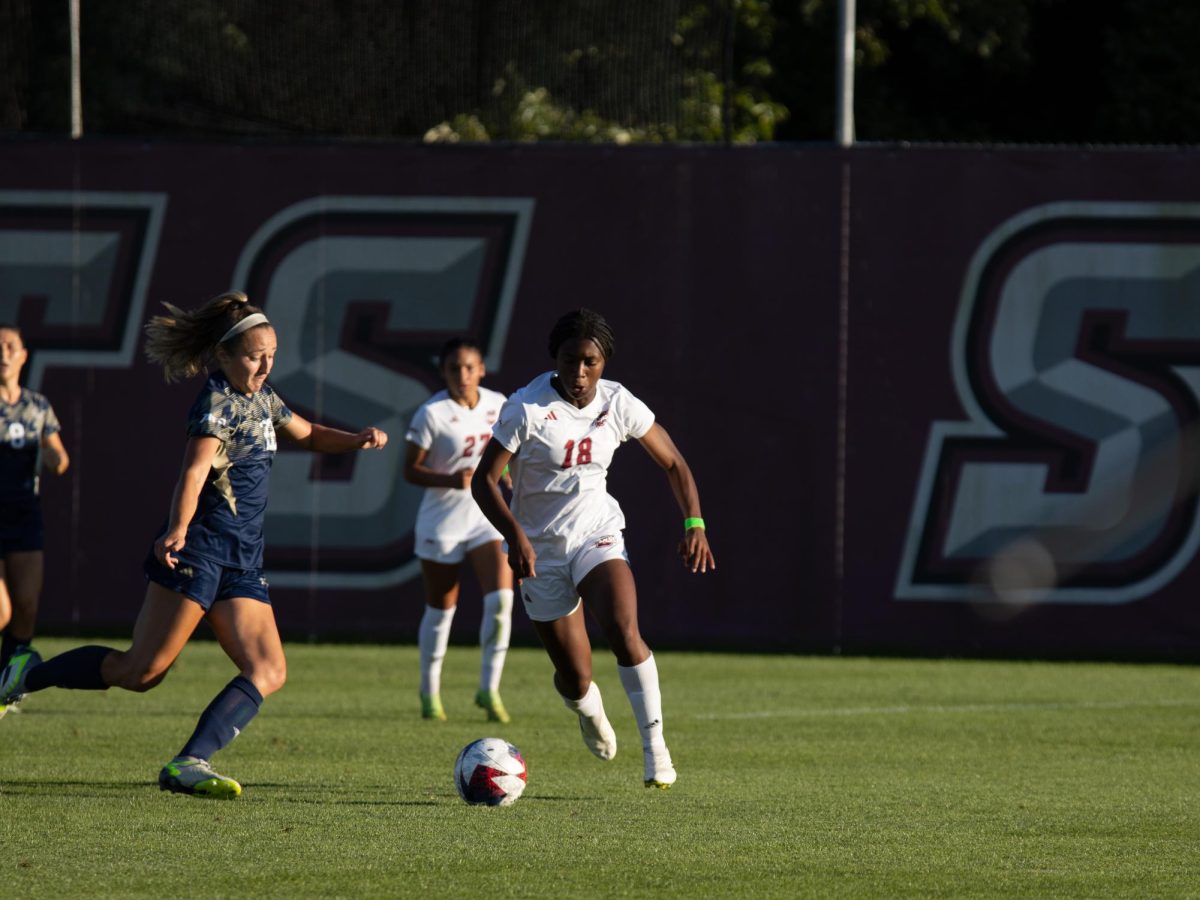A fully remote semester has forced many students at the University of Massachusetts to balance the structure of synchronous classes with the freedom of asynchronous classes.
Some students agree that online school does not adequately replace in-person classes, but they split in their preferences for synchronous or asynchronous learning. Students have vastly different schedules, with some enrolled in all synchronous courses, some in all asynchronous courses and some in a mix of both.
One of the biggest advantages of synchronous Zoom learning has been the ability to create a routine.
“Synchronous classes are so much better for me because it gives that sense of normalcy and an actual schedule I can follow,” said sophomore Isabelle Collum, a natural resources conservation major, who has a combination of both synchronous and asynchronous classes. “I find myself forgetting to do things when my classes are asynchronous and I’m definitely less organized.”
But synchronous classes aren’t without disadvantages. Professors often host live Zoom sessions in addition to required pre-recorded lectures, rendering students overwhelmed. Molly Parent, a junior operations and information management major, said she prefers synchronous courses if the lecture is completed during the Zoom time and not posted as an additional requirement.
“I have three [classes] that are synchronous, but before you go to the Zoom you have to watch an online lecture, that’s at least an hour long, and do pre-lecture slides beforehand,” said Maria Zraizaa, a sophomore biology major on the pre-med track. “I think it’s unfair that teachers expect us to watch basically two to three lectures for every [live] lecture because there’s no way we could do that in person. It’s just unrealistic.”
These issues are compounded by students also being required to learn a host of online programs, including Moodle, Blackboard, Owl, Echo 360, UMass Box, Microsoft Teams, FlipGrid, Packback and more. Students deal with websites crashing in addition to normal schoolwork and learning new websites.
“In asynchronous classes, the advantage is that I can set up whatever schedule I want to get the work done, not having to worry about being interrupted by a lecture,” said junior animal science major Logan Godbout.
In online classes, professors are integrating different techniques to help students stay on track and foster virtual teacher-student relationships. Sending reminder emails, encouraging discussion by creating Zoom breakout rooms and recording Zoom lectures are helpful to students, but the in-person experience with professors is not the same online.
“Last semester I had a better feel for when things were due as well as already had established relationships with professors and classmates prior to going remote which made it a bit easier,” Parent said. “Though this semester professors and students had time to prepare for this remote semester and I feel it is definitely more structured.”
Leigh Appelstein can be reached at [email protected]. Follow her on Twitter @Lappelstein.



















